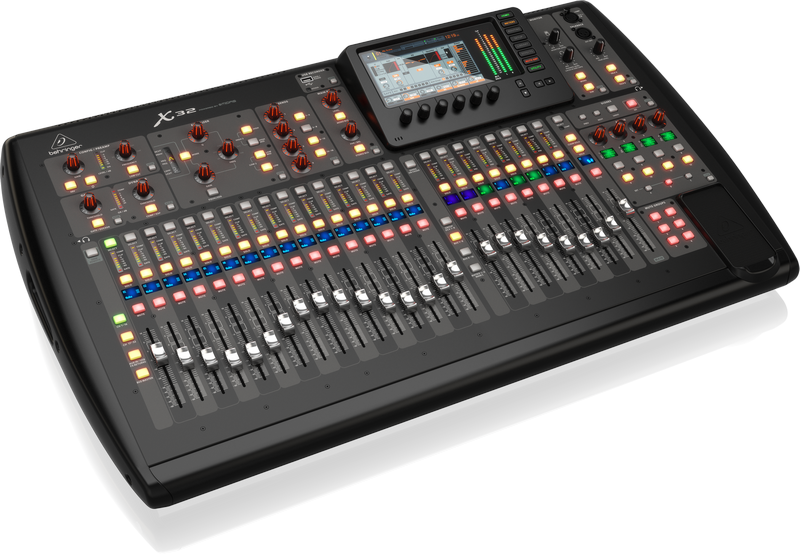
Mixer consoles and devices continue to experience a customer shift towards low-end products, cannibalising the mid-range market, according to new research from Futuresource Consulting’s pro audio team.
“As the march of technology continues, low-end mixer consoles have evolved into highly advanced pieces of equipment,” said Reid Rasmussen, associate consultant at Futuresource. “They far out-class and outperform their predecessors of just five years ago. Today, low-end consoles can provide much of what a mid-range console used to deliver, compelling buyers to purchase low-end solutions to meet their mid-range needs.”
Futuresource research shows that suppliers and channels alike have been taken by surprise by the strength of the market’s low-end. Many remain unsure of the nature of certain segments buying the hundreds of thousands of units shipped.
Despite this mid-range squeeze, the total market remains buoyant, valued at $724m last year and on track to deliver a value growth of 5.3% CAGR, according to the Futuresource report. Verticals explored in the report are touring and rental, portable sound, broadcast and studio, installed leisure, and installed commercial.
“Looking to the high end of the market, we’re seeing a lot of saturation,” added Rasmussen. “Here, it’s mostly about replacements and upgrades, though there are still opportunities within broadcast, touring, concerts and large events.”
According to Futuresource, the highest price point at which analogue consoles can be sold has always been limited by the low-end at which digital consoles are priced. With digital console prices falling, the market for analogue consoles continues to shrink. End users replacing their existing analogue equipment with digital is another factor contributing to accelerated growth at the low-end of the market.
The report also highlights Behringer’s X32 (pictured) as an example of a product that has redefined customer expectations in the mixer console market. Its list of features is said to have set new expectations of what can be provided at a relatively low price point.
“Fast forward to 2018 and our channel research shows that customers expect new console products to do far more for less,” explained Rasmussen, “delivering more features, more plug-ins, effects built-in rather than outboard, more input and output channels, DSP included, and more busses. All at the same price or for less.
“With potential new market entrants looking to make quick advances and gain market share, the future landscape will be peppered with challenges and potential disruptions.”
As technology progresses, professional mixing is heading towards tablets and smartphones. Termed ‘mixing on glass’, these software-based mixers are opening up a new avenue of competition, with vendors like Slate Media Technology and Waves blazing a trail in this niche market. However, mixing on glass doesn’t depend on software alone, there is still a need for physical input and output capabilities, and an opportunity for existing vendors to move into this market as it gains momentum.
“As with other elements of the audio market, mixer consoles are taking a financial hit from the pervasiveness of video,” said Rasmussen. “When audio products compete for budget dollars with video, more often than not, video prevails. Combine this with stiff competition and heightened customer expectations, mixer brands need to play it smart and keep their cool in what, despite the odds, continues to be a profitable sector of the audio industry.”







